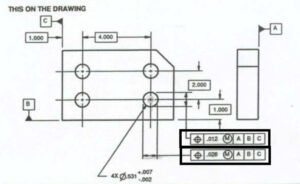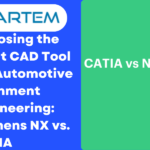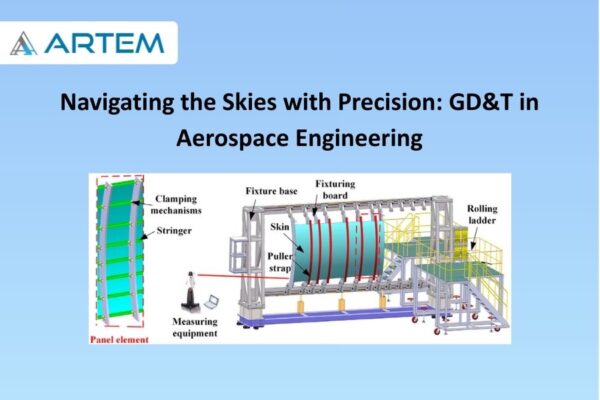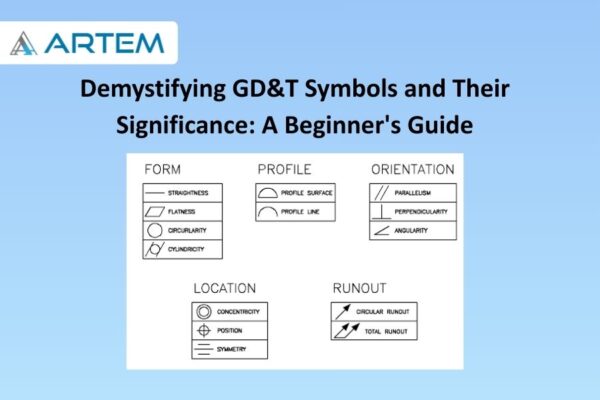GD&T Applications in Aerospace Engineering with Siemens NX and CATIA
Aerospace engineering stands as a testament to human innovation, pushing the boundaries of what’s possible. At the heart of this cutting-edge industry lies Geometric Dimensioning and Tolerancing (GD&T), a language of precision that ensures every component, no matter how intricate, aligns seamlessly. In this exploration, we’ll delve into real-world case studies, demonstrating how GD&T is intricately woven into aerospace design using CAD tools like Siemens NX and Dassault Systèm CATIA.
Case Study 1: Fuselage Alignment in Siemens NX
In the design of an aircraft fuselage using Siemens NX, precise alignment is critical for aerodynamics and structural integrity. GD&T plays a pivotal role in ensuring that the various components come together seamlessly. The position control feature in GD&T is employed to define the exact location of critical points on the fuselage concerning a datum reference frame.
Example: The GD&T callouts on the blueprint define the position of crucial points, such as mounting brackets and access panels, relative to a specific datum. This precision is vital to maintain the aerodynamic profile and structural stability of the aircraft.

Case Study 2: CATIA’s Role in Wing Manufacturing
Dassault Systèm CATIA takes center stage in the manufacturing of aircraft wings, where tolerances are incredibly tight. In this scenario, GD&T is used to define not only the dimensions but also the permissible variations in shape, ensuring the wings meet strict performance criteria.
Example: The profile of the wing’s airfoil is defined using GD&T in CATIA, ensuring that the curvature and cross-sectional shape conform to the design intent. This meticulous control over the form guarantees optimal lift and drag characteristics during flight.

Case Study 3:
Aerospace propulsion systems demand unparalleled precision. In the design of engine mounts using Siemens NX, GD&T is employed to guarantee the accurate positioning and alignment of the engine components.
Example: GD&T controls are utilized to specify the tolerances for the location of engine mounting points, ensuring that the powerplant aligns precisely with the aircraft’s center of gravity. This level of precision is essential for balanced flight and optimal fuel efficiency.

Lessons Learned: The Power of GD&T in Aerospace Design
- 1. Enhanced Communication: GD&T serves as a universal language, facilitating clear communication between design engineers, manufacturers, and quality control teams. In the aerospace industry, where collaboration is key, this is paramount.
- 2. Optimized Manufacturing Processes: By defining tolerances and geometric characteristics precisely, GD&T allows for efficient and cost-effective manufacturing processes. This is particularly crucial in aerospace, where components need to meet stringent standards while maintaining a balance between performance and weight.
- 3. Improved Product Quality: The application of GD&T in aerospace design ensures that every component aligns with design intent, leading to enhanced product quality, increased safety margins, and improved overall performance.
In conclusion, GD&T isn’t just a set of symbols on blueprints; it’s the silent force guiding the precision in aerospace engineering. Whether it’s the alignment of fuselage components, the shape of wing profiles, or the positioning of engine mounts, GD&T in conjunction with CAD tools like NX and CATIA is the unsung hero of aerospace design, propelling us to new heights of innovation and reliability.





